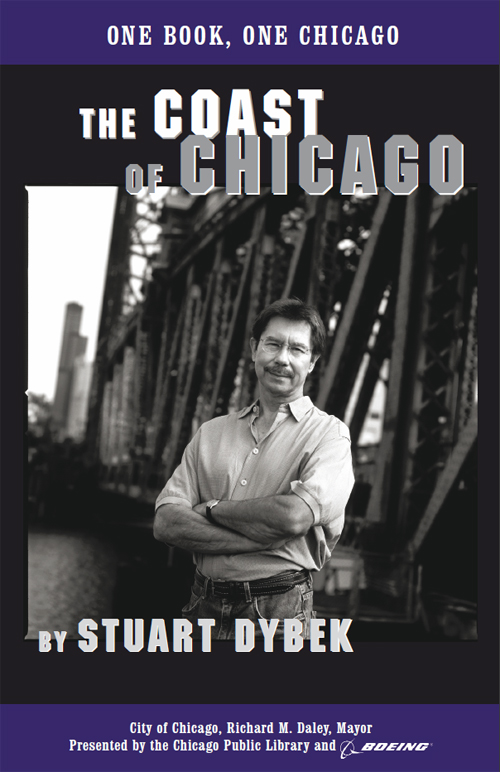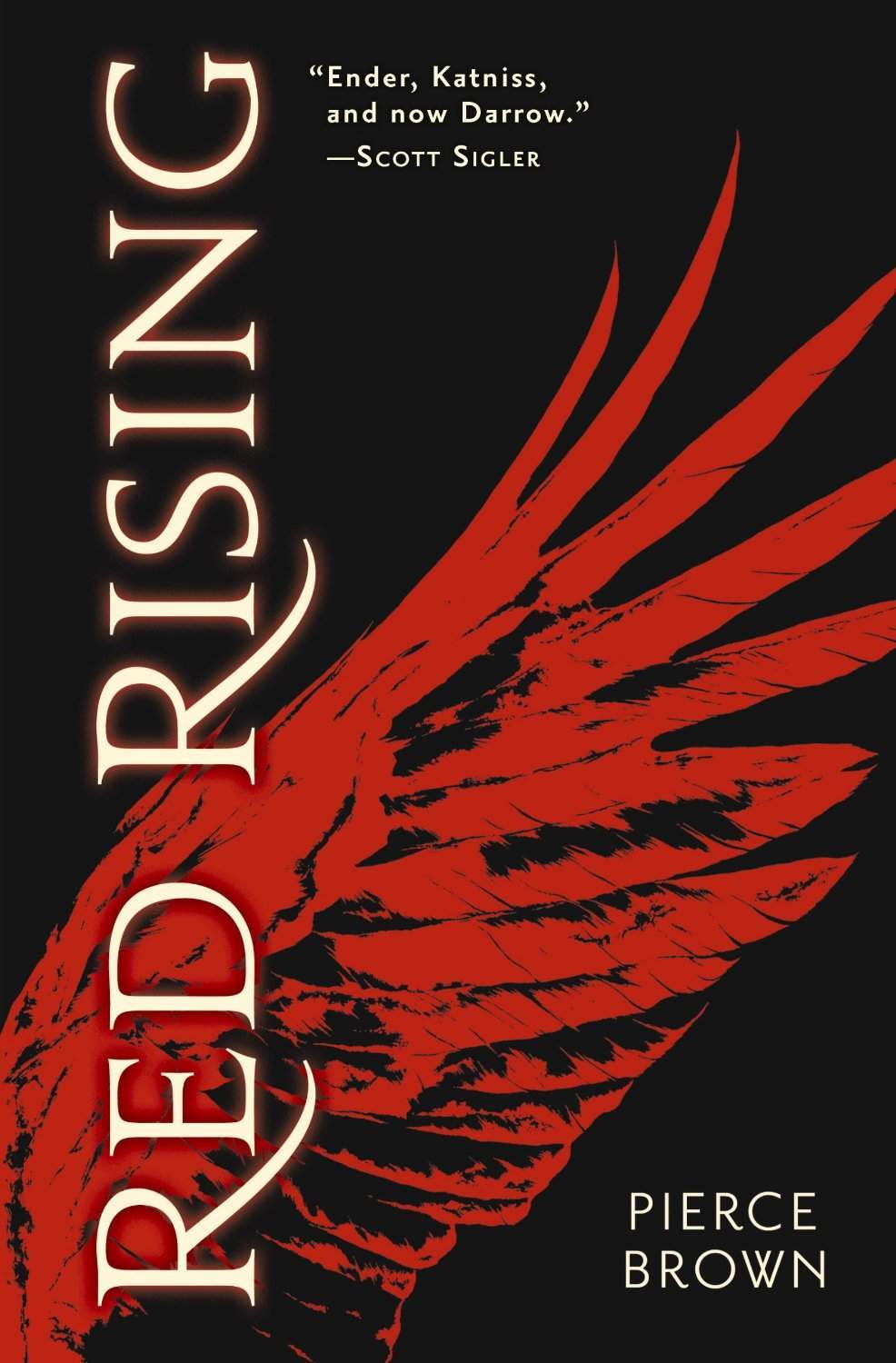The Coast of Chicago by Stuart Dybek

May is Short Story Month, so this month I’ll be looking at story collections that have thrilled, taught, and changed me. This week, I’m starting with a classic of the contemporary short fiction.
I can still recall first reading Stuart Dybek’s classic short story “We Didn’t” in Antaeus (Issue No. 70, Spring 1993), dumbstruck by the beauty of the images—the teenagers on the beach tangled in their Navajo blanket, the coconut suntan oil and lip gloss-colored lake along the beach at day’s end, when “only the bodies of lovers remained, visible in the lightning flashes, scattered like the fallen on a battlefield…” *
The Chicago-born Dybek onsidered a master of the short story genre, Dybek’s lyric prose combines a strong sense of place with evocative, emotionally charged imagery. And The Coast of Chicago, chosen in 2001 as the inaugural selection for One Book, One Chicago, the city’s collective reading project, is a contemporary classic.
Dybek’s voice is famously gritty and tender, and the stories here are set primarily in the Little Village and Pilsen neighborhoods of Chicago where Dybek grew up: in the Catholic churches and butcher shops and factories and dead-end streets, all portrayed in vivid and dreamlike detail. The stories in The Coast of Chicago do not strictly adhere to traditional realism, though there is that too: the blown out streets, as in the epic “Blight,” and the lovely spiraling memories in a cup of coffee in the classic “Pet Milk.”
But it’s the leaps of imagination that make The Coast of Chicago so believable. A classic of this collection, “Hot Ice,” is a fabulist tale that tells of a local legend, a girl “frozen in a block of ice” by her father after she tragically drowns and rumored to be hidden in a local ice house. After years of hearing the rumors, three Chicago youths who go looking for her.
The saint, a virgin, was uncorrupted. She had been frozen in a block of ice many years ago.
Her father had found her half-naked body floating facedown among water lilies, her blond hair fanning at the marshy edge of the overgrown duck pond people still referred to as the Douglas Park Lagoon.
That’s how Eddie Kapusta had heard it.
One of the best definitions of magical realism I’ve read comes from Debra Spark. In her essay, “Curious Attractions: Magical Realism’s Fate in the States,” Spark spells out what makes the premise both magical and real. The term magical realism, it turns out, is credited to Latin American critic Angel Flores, first mentioned in a paper presented at the Modern Language Association conference in 1955. As Flores found, and Spark explains, “magical realist stories often had one element that could not be explained away by logic or psychology and once the reader accepted that as a ‘fait accompli, the rest [of the story] follows with logical precision.” It turns out that fait accompli is the thing I’ve loved about the style, that the magical simply happens, and the narrative follows in accordance, and as Spark says, “adheres to logic and natural law.”
“Hot Ice” meets Flores’ criteria for magic realism—the virgin in a block of ice cannot be “explained away,” and like so many of Dybek’s stories, moves seamlessly from gritty realism to realism of the incomparably magical sort. Drawing on his childhood and youth in the Chicago neighborhoods of Little Village and Pilsen, Dybek shows us “…the Greek butcher shop on Halstead with its pyramid of lamb skulls,” and the stained glass window of an angel at St. Procopius, “its colors like jewels and coals,” and the fait accompli in the story’s central image, the saint trapped in a block of ice.
The Coast of Chicago also contains contemporary masterpieces like “Chopin in Winter,” and “Death of a Right Fielder,” along with a series of interconnecting vignettes and Dybek’s singular use of language and image.
Also here is the classic “Pet Milk,” as perfect as a story gets. It centers on the narrator’s memory of the canned milk swirling in the grandmother’s instant coffee, an image that spawns other images, her ancient yellowed radio “usually tuned to the polka station, though sometimes she’d miss it by half a notch and get the Greek station instead.” One image leads to another, and in a structure the writer Maud Casey brilliantly described as a spiral, like the swirling milk of the title, the images wind gradually inward to the story’s final moment.
Read an interview with Stuart Dybek here.
—Lauren Alwan
* “We Didn’t” is collected in I Sailed With Magellan (2003).

